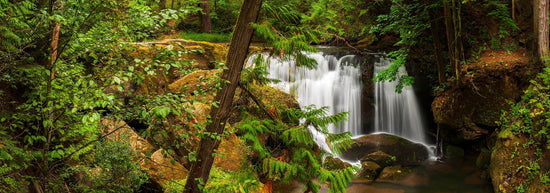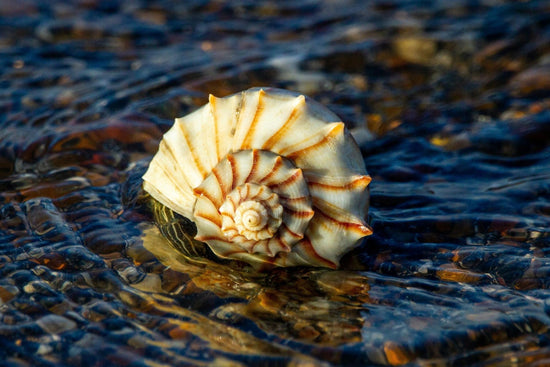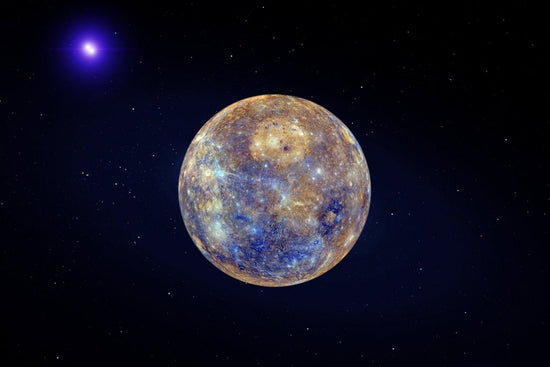Yule is a Germanic tradition that celebrates the winter solstice as the annual end of increasing darkness and cold, and the beginning of the return of warmth and light. Observed for twelve days, from the longest night of the year and straight through to January, the celebration of Yule is abundant with ancient rituals that hail the rebirth of the sun.
Around the 4th century, the Church of Rome found it convenient to substitute “Son” for “sun” as pagans had already been celebrating the birth of light into the world at Midwinter. Themes of the Nativity fit well with existing myths, and Yule eventually became almost synonymous with Christmas.
Male figures associated with Yule are commonly shown as heroes, battling adversity to ensure justice or peace. They frequently symbolize or represent the Sun, virility, and the return of light and vigor to the world. What we hear less about nowadays are the female figures associated with Yuletide, often credited with the struggles of birth and death. They are typically honored for cultivating and facilitating the return of light against the brutality of winter, embodying all the fire and fierceness of the season itself.
Let's look at a few of the female entities and deities of wintertime.
Frigg(a)
Significant overlap in the Poetic and Prose Eddas suggest to many scholars that Frigg and Frigga are likely one and the same goddess. Freyja, as well, shares commonalities that blur the lines between herself and Frigg(a). For our purposes, we’ll just call her as Frigga.
Frigga is the Norse goddess of marriage, fertility, sex, love, motherhood, war, and seiðr or prophecy. Her connection to Yule lies in the story of her son, Baldr, whom she sought to protect by making every single plant and animal swear to her that they would not harm him... except the mistletoe. Oops!

When Baldr was slain by an arrow made of mistletoe and later resurrected by the gods, Frigga kissed her friends and made the mistletoe sacred instead of cursed, forever associating the plant with love and joy. And kissing.
Skadi
Another Norse goddess and jötunn, Skadi is associated with bow-hunting, skiing, wintertime, and snowy mountains. She is often depicted flying down a mountain on her skis and taking aim with her bow and arrow.

Skadi so loved the mountains that, in her marriage to the sea god Njord, the couple could not agree where to live and eventually parted ways.
Cailleach
In Gaelic mythology, Cailleach is a divine hag who rules the winter months between Samhain and Beltane. She is credited with the creation of mountainous terrain as well as winter weather, especially storms.

The tradition of predicting the remaining duration of winter at the start of February comes from Cailleach! Legend says if she intends to make winter last a while longer, she will make the weather bright and sunny so she can gather firewood for the next few months, but if the weather is gray, it means she's asleep and will soon run out of firewood, implying that winter will soon yield to spring.
Frau Holle
A Germanic character that survived the Christianization of Scandinavia, Frau Holle/Hulde/Holda is alternately known as the Dark Grandmother or the White Lady. She is associated with the evergreen plants that persist through the winter, and with snowfall, which is said to be Frau Holle shaking out her feathery mattresses.

She is connected to the spirit world through her spinning and weaving, and is known as the leader of women and female nocturnal spirits. She is associated with witchcraft for her spirit realm connections and is rumored to fly with witches on distaffs - spinning tools that resemble brooms, used to keep unspun fibers from becoming tangled.
In the alpine regions of Germany, Austria and northern Switzerland during Yuletide, unruly costumed processions are still held in a number of towns, impersonating Holle and the wild hunt.
La Befana
To mark the end of the 12 Days of Yule, Italian children expect a visit from La Befana, a character derived from the Roman Strenua - goddess of the new year, purification, and well-being.

La Befana is usually portrayed as a smiling hag in a black shawl, flying on a broomstick with a sack of gifts, and covered in soot from delivering sweet treats to well-behaved children by entering through their chimneys. Sounds familiar in more ways than one, right?
Demeter
What would you do if the god of the underworld kidnapped your daughter and when you finally found her it was decided that, for some law of the Fates, she must return there for half of each year?

Demeter mourns by watching everything die and refusing to make anything grow. She is the goddess of grain and harvest, fertility, and agricultural abundance. In Greek mythology, she is the cause of the barrenness of winter, refusing to make anything grow while her daughter, Persephone, is separated from her in Hades.
Offerings for the mourning mother are appropriate this season.
Deer Mother
The Deer Mother pulls the sleigh of the sun goddess Saule across the sky, who tosses amber pebbles (symbolizing the sun) into chimneys. From the British Isles, Scandinavia, Russia, Siberia, and across the land bridge of the Bering Strait, the Deer Mother was a revered spiritual figure associated with fertility, motherhood, regeneration, and the rebirth of the sun. Her antlers were often depicted as the tree of life, carrying birds, the sun, moon and stars.

White and red cookies in the shape of reindeer are traditionally shared in her honor during Midwinter. These colors were likely inspired by Siberian legends that describe reindeer ingesting hallucinogenic Amanita Muscaria mushrooms before taking flight!
Deer Mother still appears in Yuletide holiday decorations, as female reindeer do not shed their antlers in the fall like males do, but keep them all year.






5 comments
This article is so wonderful. Many things I did not know. Now, so many connections and references make sense. Thank you for this great post about the important Women of Yule! If I may, I would like to include this info in my future rituals and share with my Circle.
These are so interesting, I learn so much in such a short article! Thank you to all who research and write these peices!
What an inspiring blog! The writing and the illustrations were so beautiful. I’d love to see candles/incense in honor of these magnificent goddesses!
Thank you for this wonderful list.
Thank you for this amazing blog. These pieces resonate within me.